How has the anime industry evolved in 60 years?
It is very likely that a large part of today's anime fans were not even alive when this industry began to gain prominence. However, that does not take away from the fact that they have been present during the broadcast of important series that marked the market.
The anime industry comes from a long history, from being virtually unknown to being world famous. And it is known even by celebrities in various parts of the world, despite the fact that it has been censored from television broadcasts several times.
So how has the industry changed in the last 57 years? The most obvious changes are in the drawing styles, and that is the first aspect that will be reviewed in this article through a timeline that runs between the years 1961 and 2018 where a real change can be seen, since 2022 no There has been a change worth highlighting.
1961 – Instant Story

1964 – Astro Boy

1964 – Shounen Ninja Kaze no Fujimaru

1965 – Uchuu Shounen Soran

1965 – Jungle Taitei

1967 – Ribbon no Kishi

1970 – Ashita no Joe

1974 – Alps no Shoujo Heidi

1979 – Versailles no Bara

1982 – Waga Seishun no Arcadia: Mugen Kidou SSX

1985 – Musashi no Ken
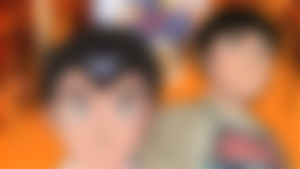
1988 – Sakigake!! Otokojuku

1991 – Taiyou no Yuusha Fighbird

1994 – Magic Knight Rayearth

1998 – Cardcaptor Sakura

2002 – Full Metal Panic!

2005 – Blood+

2007 – Baccano!

2009 – K-ON!

2012 – Oda Nobuna no Yabou

2015 – Shokugeki no Souma

2016 – Haikyuu!!

2017 – Shingeki no Kyojin

2018 – Violet Evergarden

Before you comment “Why didn't you mention “x” series in “y” year?“, and the reason is because I would never finish listing all the series of each year. Leaving that aside, there are several points to highlight regarding how the visual aspect evolved:
The colors have become warmer and brighter. Character designs are becoming more realistic compared to their predecessors.
The animation is smoother and richer.
The art style is more detailed and pleasing.
Finally, there are now even unique art styles depending on the animation genre, note at this point that a moe art style doesn't quite fit an ecchi series.
With the exception of horror series (which generally have a darker aesthetic), current anime tends to show settings and characters that are closer to reality. However, that is not the only thing that has changed since 1961.
Fan service
If you compare the old series with the new ones, the fan service has become so suffocating that it sometimes borders on the hentai genre. However, although this is not as bad as it sounds, in reality the point against it is that almost all the series resort to the same tricks that the viewer already knows by heart. It's like watching the same striptease a thousand times.

However, it seems that fan-service has taken a "small" step backwards recently, and note that "small" is a reference to what is being done today.
Drawing styles
Although Dragon Ball Super came to demonstrate in some of its initial episodes a disastrous drawing style that several users exposed through the capture of various frames (such as the one shown below), it is worth mentioning that the third season of Nanatsu did not Taizai will be marked as one of the exponents of everything that should not be done in a production.

And although many may say that it was not Studio Deen's fault, since a smaller studio was sub-contracted to make this series, subjective opinions do not work in the industry, and the responsibility never ceased to belong to this studio.

Today's technology is at the forefront of everything we do. Because of this, it's easy to animate, draw, design, write, and basically do anything with less effort. This has made animators lazier (or at least encourages them to be). Why? Old series never got the privilege of looking good, so animators back then had to work quite a bit with what they had.
But what about now? There seems to be a lot of room for laziness as animation techniques and technology have evolved. Although it is worth mentioning that the poor working conditions of the animators could be playing an important role in this.
Duration
In the 1990s, series easily ran to over a hundred episodes. In fact, a "short" series was around 50 episodes, at least. In 2018 it is not surprising that when a new anime is announced, the viewer already knows that it will have 12 episodes, or maximum 24.
There are a few reasons for this:
We have less time: Today everything struggles to capture our attention. Internet, apps, online ads, social networks, the list is huge. So it is easier to watch a series of twelve episodes than one of more than 300. Many say that this is why many decide not to give One Piece a chance.
Budgets: It seems that anime production companies are now more aware of what they spend their money on than they used to be. And this should not surprise the reader since it is enough to see how many productions are made per year.
Overproduction: There is so much anime content being produced today, it's no wonder very few series exceed twelve episodes. If a studio puts out five or 10 series a year, expect each of them to suffer in terms of length, or even in terms of having a good script.



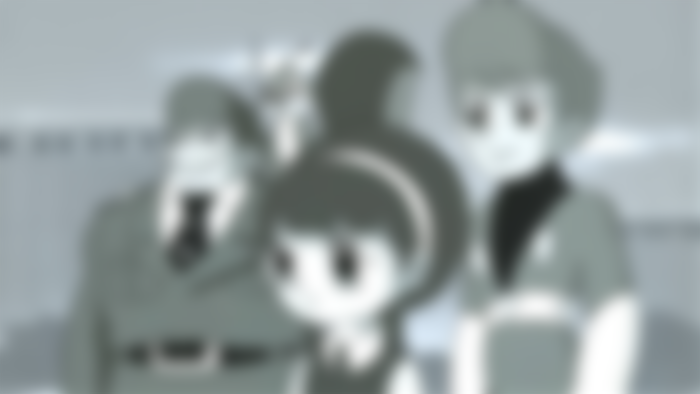

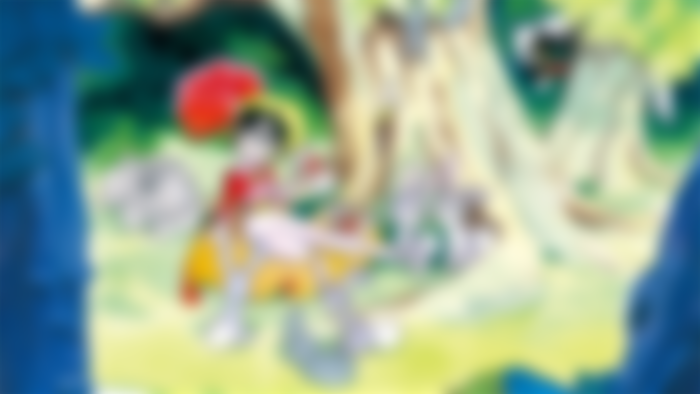


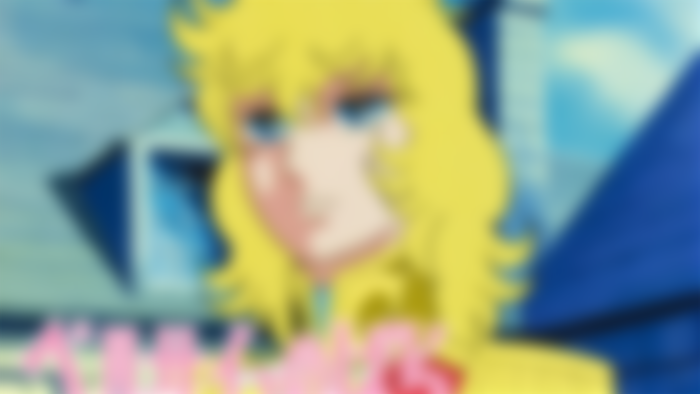
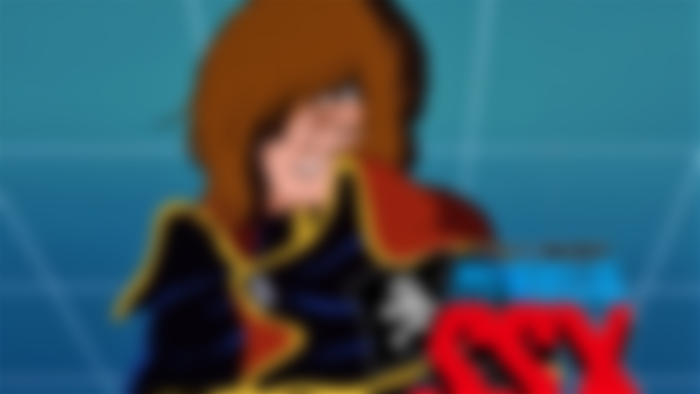
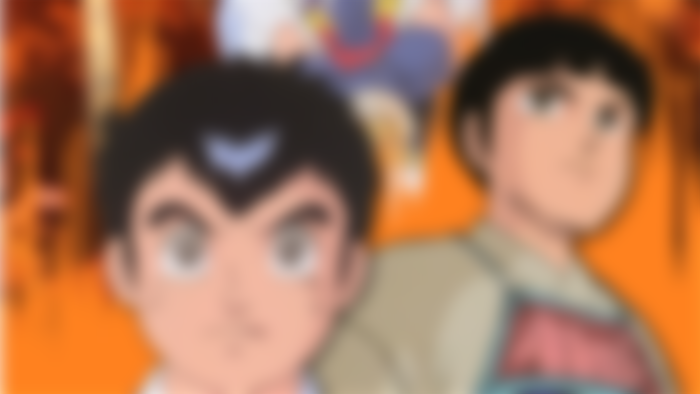
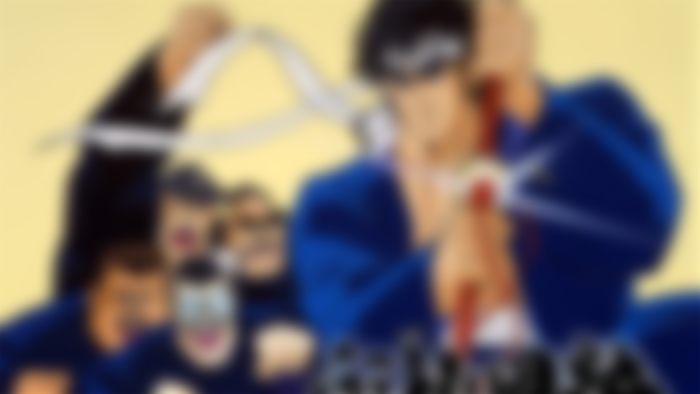


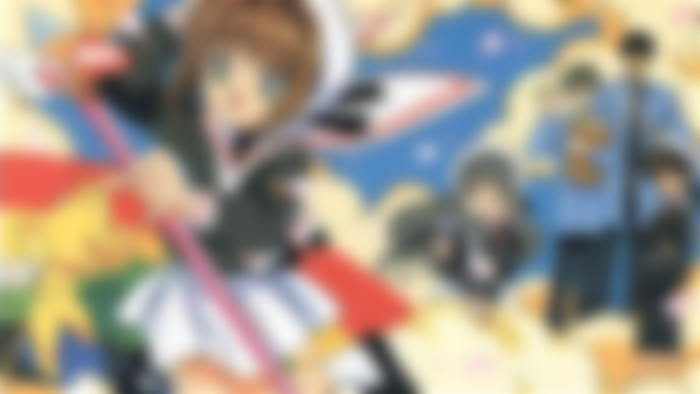

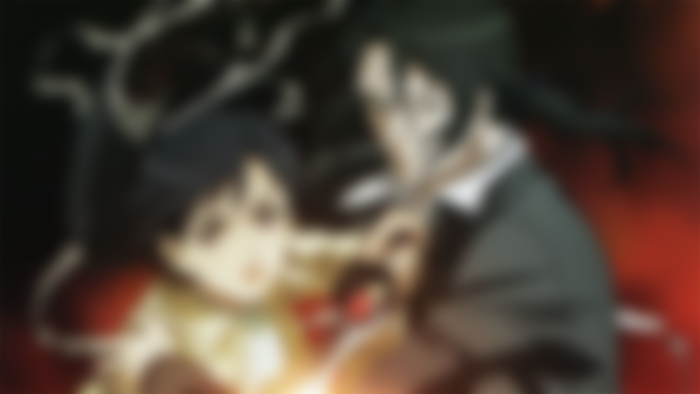
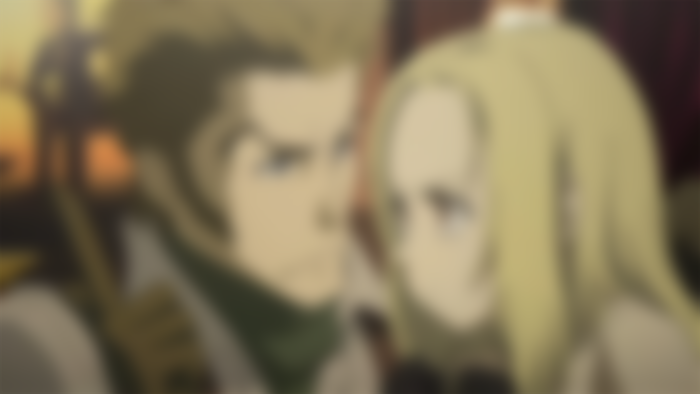
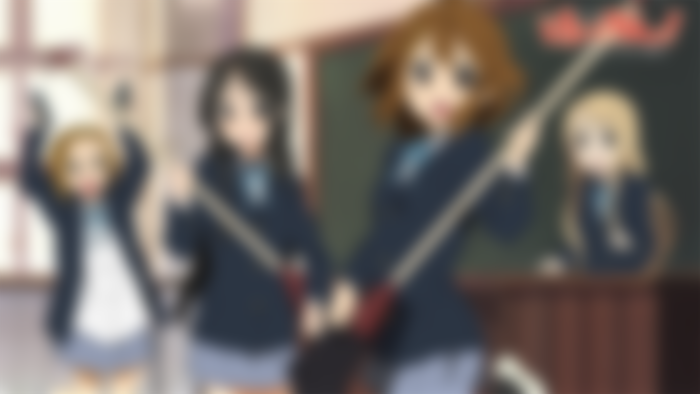





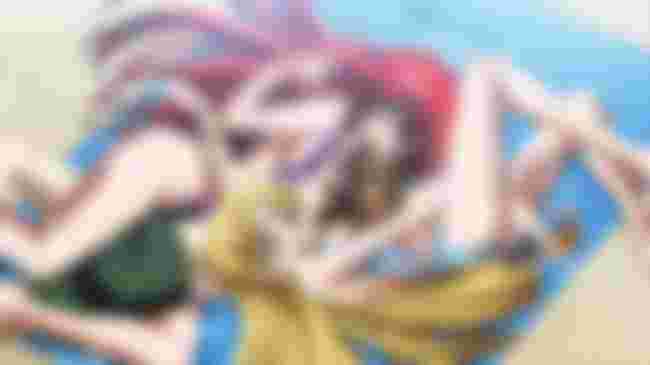
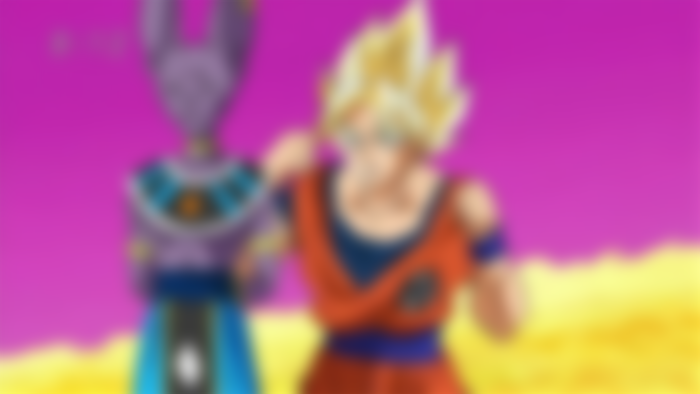

Recently boruto crying scene gone viral.. But it happens. But yeah Ufotable, Mappa, wit, A-1,Madhouse all studios are doing so great.